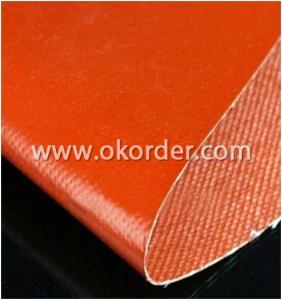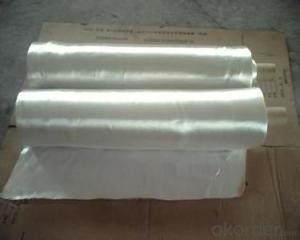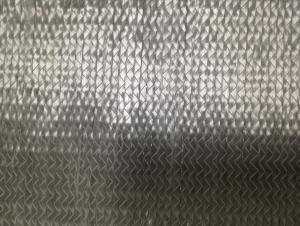Quick Details
Brand Name: FIREWHEEL
Model Number: 2523-130CR
Application: Filter Cloth
Weight: 530g/m2
Surface Treatment: Rubber Coated
Width: 1 ~ 1.5m ( According to your need)
Weave Type: Plain Woven
Yarn Type: E-Glass
Alkali Content: Alkali Free
Standing Temperature: >550C
























